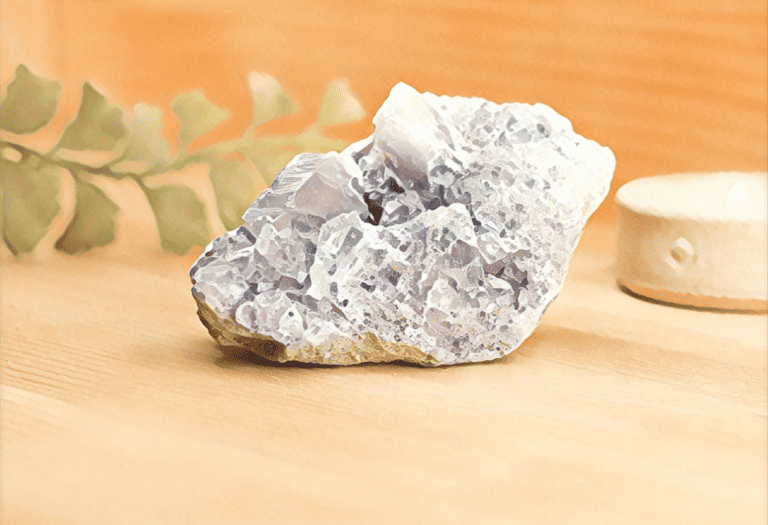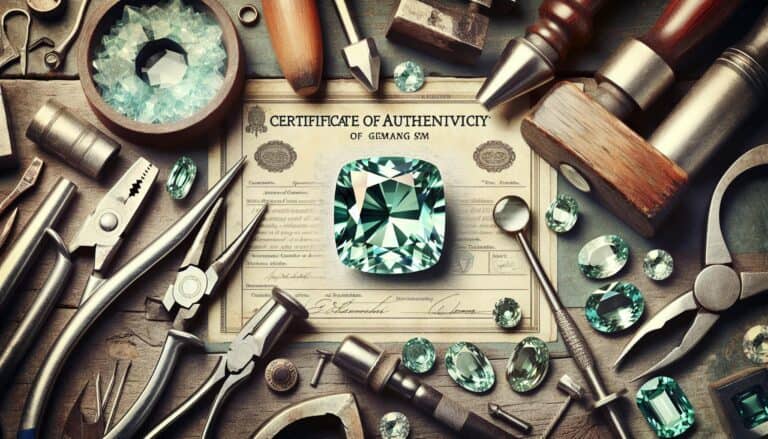Ever wondered about the value of that glittering green gemstone called olivine?
You’re not alone. Olivine, also known as peridot when it’s gem-quality, is a fascinating mineral that’s both common in the Earth’s mantle and coveted by jewelry enthusiasts.
The worth of olivine can vary widely, and you might be surprised to learn that several factors come into play when pricing this gem. From its vibrant color to its clarity and size, each characteristic shapes its value.
Let’s delve into what makes olivine worth your attention and possibly your investment.
Olivine, also known as peridot, is valued for its color, clarity, size, and cut. Bright lime green shades and fewer inclusions increase its worth. Demand, limited availability, and rarity due to specific geological formations also affect its price.
What Is Olivine?
Olivine, treasured as peridot when in gemstone form, is a signature mineral from the Earth’s mantle. Its green shades range from olive green to lime, thanks to the iron and magnesium in its silicate structure. Renowned for its sparkling aesthetic, it’s often a central gem in various jewelry pieces.
You’ll find this gemstone embedded in extrusive igneous rocks—essentially, rocks formed from cooled lava. Because of this volcanic origin, locations like Hawaii and Canary Islands are prime spots for olivine deposits. There’s something truly mesmerizing about how this gem is birthed from Earth’s fiery depths to become a symbol of beauty.
Beyond jewelry, olivine has industrial uses too. It’s utilized in refractories and foundry sand for its high melting point. Environmental scientists also explore olivine’s potential in sequestering carbon dioxide, an intriguing aspect given the current focus on climate change solutions.
| Factor | Impact on Olivine Value |
|---|---|
| Color | Richer greens are pricier |
| Clarity | Higher clarity, higher value |
| Size | Larger stones fetch more |
| Cut | Affects brilliance and worth |
When examining olivine for purchase, experts suggest inspecting the gem under natural light. This helps in assessing the true color and spotting any inclusions that could affect its transparency and, consequently, its value.
As you delve into the olivine market, remember that gem quality pieces are what make this mineral highly desirable. They are graded according to purity, transparency, and cut, rather than just the per-carat price tag. As a savvy investor or collector, being equipped with knowledge about olivine’s characteristics will guide your acquisitions and ensure you’re adding genuine value to your collection.
Olivine Prices: Factors That Affect Value
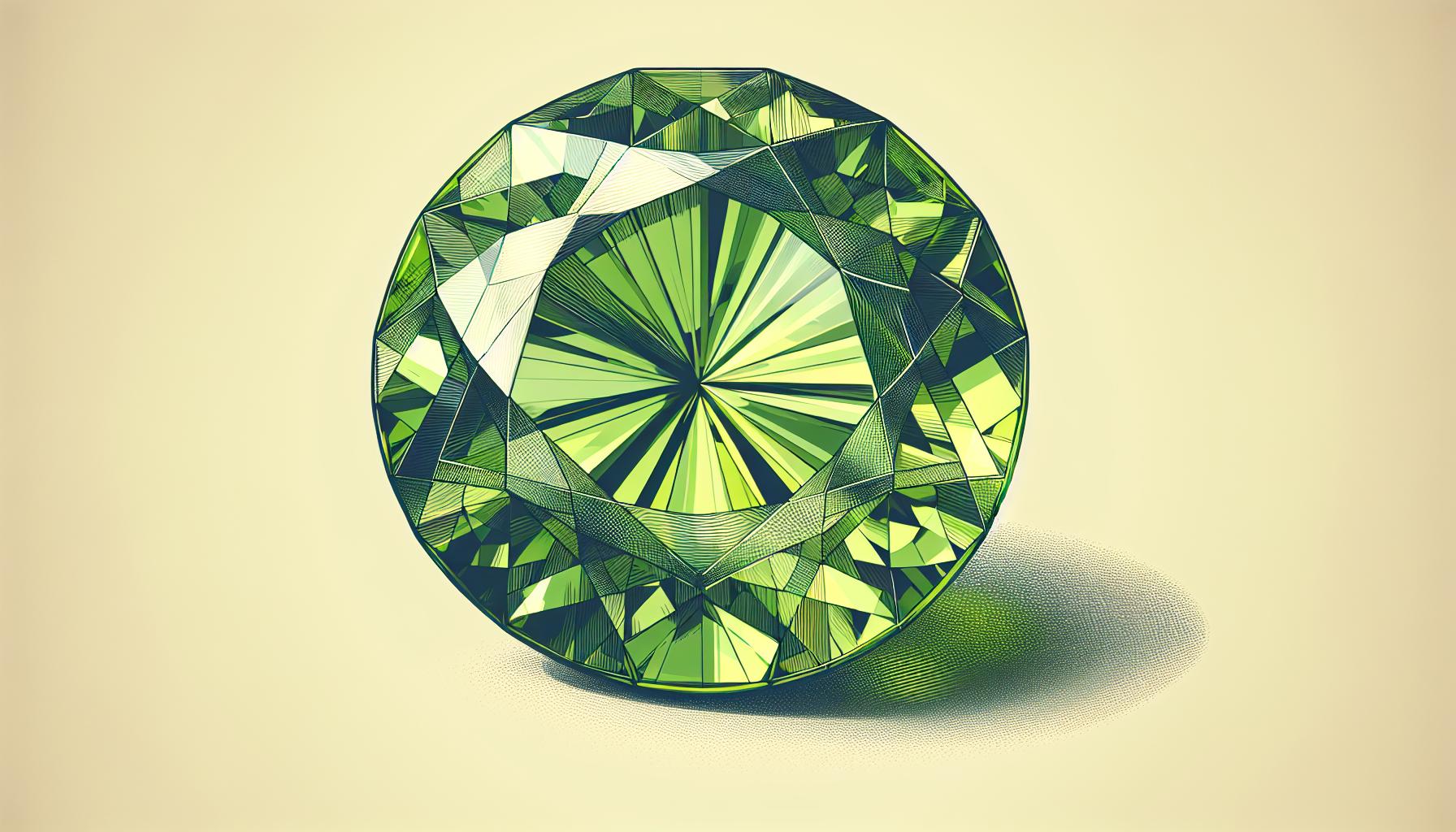
When assessing the inherent worth of olivine, it’s vital to consider a variety of elements. These factors can drastically influence the final price tag, whether you’re eyeing a statement piece for your collection or scouting for raw materials for industrial purposes.
Color, Clarity, and Cut Quality
Color is paramount in evaluating olivine’s value. The most sought-after shade is a bright lime green without any hints of yellow or brown. Gemstones that display this vibrant color fetch higher prices in the market. The intensity and saturation of color also play a critical role; the more vivid the gem, the more valuable it’s likely to be.
Clarity refers to the number and size of natural imperfections or inclusions found within the stone. Olivine with fewer inclusions is regarded as superior in quality and will typically be worth more. However, it’s rare to find completely flawless pieces, as olivine naturally contains some degree of inclusions.
The cut quality can either enhance the gem’s natural beauty or detract from its brilliance. A skillful cut not only reflects light to showcase the stone’s best features but also determines its overall appeal and usability in jewelry. Expert cutting can significantly increase the value of olivine.
Market Demand and Availability
The market demand for olivine is another crucial factor affecting its price. Gem-quality olivine with exceptional color and clarity is in high demand among collectors and jewelry aficionados, thereby pushing up its value. Industrial-grade olivine, commonly used in foundries and for sandblasting, experiences fluctuating demand based on the manufacturing sector’s needs.
Availability also shapes the market value. Deposits of high-quality olivine are relatively rare and are largely found in specific locations like Norway, Arizona, and New Mexico. Limited supply coupled with high demand for the finest quality stones can lead to a premium on price.
Remember that the valuation of olivine is complex, influenced by an interplay of factors. It’s not solely about the inherent characteristics of the stone; market dynamics also play a significant role. Stay well-informed and consider all these aspects when you’re in the market for olivine, whether for adornment or industrial applications.
Understanding Olivine: A Rare Gem

The Rarity of Olivine
Olivine isn’t your everyday gemstone; its uniqueness lies in its rarity. Found primarily in meteorites and the Earth’s mantle, olivine is surprisingly abundant in terms of its presence deep below the surface, yet it’s not as commonly encountered as one might expect. The gem-quality variety of this mineral, known as peridot, is much rarer, especially in larger stones or those with exceptional clarity. The scarcity of olivine directly influences its value, making it a sought-after gem for collectors and jewelry enthusiasts alike.
Active mining locations for gem-quality olivine are limited, with notable sites in Myanmar, Pakistan, and the United States. Seasonal and geopolitical factors can further affect the yield from these mines, at times heightening the rarity and, in turn, the cost of olivine on the market.
Origins and Characteristics
Understanding where olivine comes from is a fascinating glimpse into geology and space. Olivine’s origins span from the depths of our planet’s mantle, transported to the surface through volcanic activity, to the far reaches of space, arriving on Earth via Pallasite meteorites. This extraterrestrial connection adds an intriguing element to olivine’s allure.
Here’s a quick rundown of olivine’s defining characteristics:
- Color: Ranges from yellow-green to a darker, bottle-green formulation.
- Hardness: Scores between 6.5 to 7 on the Mohs scale, suggesting moderate durability.
- Transparency: Typically transparent to translucent.
The gemstone’s unique properties, such as its olive-green hue, contribute to its desirability. The intensity of the color can vary based on the iron content within the mineral structure. Add in the stone’s potential double refraction, where light splits into two rays, and you’ve got a gem that catches the eye with its radiant sparkle and depth.
Heat treatment is sometimes used to enhance olivine’s color, but many purists prefer the natural state of this gem for its untouched beauty. Each piece of olivine captures a snapshot of the cosmos and the searing heat of our Earth’s formation, making it more than just a pretty stone—it’s a storyteller, narrating chapters of our planet’s past.
When shopping for olivine, you’ll often find that the provenance of the stone plays into its valuation. A well-documented origin can provide assurance of the gem’s quality and can even appeal to the history or romanticism that the buyer may seek in a piece of jewelry. It’s also why it’s crucial to ask for a certificate when investing in higher-end olivine pieces, ensuring that you’re getting what you pay for.
Olivine Grading and Valuation
The Grading System for Olivine
When you’re hunting for the perfect olivine gem, understanding the grading system is critical. Gemologists use a universal grading system that evaluates the four C’s: color, cut, clarity, and carat weight. Olivine’s distinct olive-green hue is judged on its saturation and uniformity—qualities that significantly impact its value. The cut influences how olivine interacts with light; a well-cut gem will exhibit remarkable brilliance and sparkle. Clarity is about the absence of inclusions or flaws; the fewer there are, the more valuable the olivine. Lastly, carat weight measures the gem’s size, but it’s the quality, not just the weight, that dictates the worth.
- Color: Ranges from yellow-green to a darker, richer hue
- Cut: Assesses the craftsmanship in revealing the gem’s beauty
- Clarity: Looks for internal and external blemishes
- Carat: Denotes the weight and indirectly the size of the gemstone
Understanding these grading parameters is essential. A professional gemologist uses specialized tools like loupes and microscopes to assess these factors closely, providing an official grade for the olivine.
Certification and Appraisal
To guarantee you get the true value for your olivine, insist on certification. A professional appraisal can also offer peace of mind. Certificates from reputable gemological institutes provide an authoritative report on the gem’s grade based on the four C’s.
| Criteria | Description |
|---|---|
| Certification | An official document from a gemological authority |
| Appraisal | Professional estimation of the gem’s market value |
These documents detail the stone’s intrinsic qualities and can give an accurate valuation that’s crucial during a sale or purchase. Appraisals are often more comprehensive; they may include the market analysis and replacement value, which reflect current trends and the stone’s insurability.
Remember, while certification points to quality, appraisals are typically influenced by market dynamics. They might also factor in the piece’s craftsmanship if the olivine has been set in jewelry. If you’re considering investment pieces, these documents become even more indispensable. They don’t just add confidence to your purchase; they’re vital for insurance purposes and serve as benchmarks if you ever decide to sell the gem.
Current Market Trends in Olivine Pricing
Understanding current market trends is crucial when you’re looking to invest in olivine. Recently, olivine has seen an uptick in popularity, particularly for those seeking alternative investments or unique jewelry pieces.
One key trend impacting olivine prices is the growing demand for ethically sourced gems. Consumers are increasingly aware of the ecological and social impacts of mining, and as a result, olivine sourced from responsible mines commands a higher price. The push for sustainability can significantly affect market value, and suppliers adhering to ethical practices are favored.
Innovations in fashion and technology also play roles in fluctuating olivine prices. With its distinctive green hue, olivine has become a sought-after choice for designers looking for natural inspiration. Moreover, the gem’s properties make it interesting for scientific and industrial applications, leading to a diversified demand that stabilizes its value.
Here are the latest average prices in the olivine market based on recent data:
| Color Grade | Size (Carats) | Average Price USD |
|---|---|---|
| High-Quality | 1 – 2 | $50 – $100 |
| Medium | 1 – 2 | $20 – $45 |
| Low-Quality | 1 – 2 | $5 – $20 |
Remember, these are average prices and the actual value of an olivine gemstone may vary based on the specific characteristics of the piece, like color saturation, translucency, and source location.
Specialty collectors and investors are keen on pieces with historical significance. Olivine with a documented provenance from famous localities or storied pasts can fetch premiums beyond the typical market rate. As with any collectible, the story behind the stone often enhances its allure and value.
It’s important to stay informed about these market trends and consider how factors like fashion, technology, and ethical sourcing might influence the worth of an olivine gemstone you’re interested in. Keep your eye on industry reports and updates, as these will guide your understanding of the market’s trajectory and help ensure your investment stands the test of time.
The Most Expensive Olivine
Quality is paramount when it comes to the valuation of olivine. Among specimens of this enchanting gemstone, those tagged as the most expensive boast a remarkable mix of high clarity, intense color, and impeccable cuts. Sources hint at private collections and auctions where the prices for top-tier olivine can soar, reflecting the fierce competition among connoisseurs and collectors alike.
The price range for premium olivine samples can vary widely. You’ll find that size matters—a significant uptick in price accompanies larger, flawless examples. Here’s a snapshot of the current market:
| Carat Range | Average Price Per Carat |
|---|---|
| 1 – 2 | $100 – $300 |
| 3 – 5 | $400 – $600 |
| 6+ | $700 – $1,000+ |
Historical sales also paint a picture of olivine’s potential investment value. Rare gem-quality pieces with notable provenance have fetched staggering sums at auction, highlighting the competitive nature of the market.
When shopping for the most expensive olivine, authenticity is key. Certificates of authenticity and a gemstone’s pedigree can drastically elevate its price tag. High-end jewelers and renowned auction houses often host sales of such specimens, presenting an opportunity for you to experience the luxury of the finest olivine.
It’s worth noting, however, that market dynamics can change. Economic shifts, trends in gemstone favorites, and the discovery of new deposits all play roles in the fluctuating values. Yet, olivine’s unique characteristics and limited availability continue to secure it a spot among the more coveted gemstones in the world.
Remember, the most expensive olivine pieces aren’t just gemstones—they’re intricate stories encapsulated in Earth’s natural artistry, each with its own journey from the mantle to the market. As such, they’re priced not merely for their physical attributes but for the rich history and rarity that they represent.
Buying Olivine: Tips and Recommendations
Where to Purchase High-Quality Olivine
When you’re in the market for high-quality olivine, the most reliable sources are reputable jewelers and specialty gemstone stores. These establishments typically have direct relationships with gemstone miners and dealers, ensuring that the stones are of high quality and responsibly sourced.
- Specialty Gemstone Stores: Here, you can find a wide range of olivine gemstones from different locations, allowing you to compare color intensity and clarity.
- Reputable Online Retailers: With convenience at your fingertips, make sure the retailer provides detailed photographs and information about the gem’s origins and treatment.
- Gem Shows and Exhibitions: These events offer a unique opportunity to see a variety of olivine samples in person and to connect with knowledgeable vendors and fellow gem enthusiasts.
Remember, when purchasing olivine, it’s crucial to research the seller and read customer reviews to avoid counterfeit products.
Ensuring Authenticity and Value
To protect your investment in olivine, you must ensure its authenticity and value are verifiable. A certificate of authenticity from a recognized gemological institute can confirm the gemstone’s natural origins and characteristics. When examining olivine, pay attention to the following factors:
- Certification: Look for documentation from established gemological authorities like the GIA or AGS.
- Inspections: Have the stone independently appraised and inspected for quality.
- Vendor Reputation: Conduct thorough research on the vendor’s history, focusing on transparency and customer satisfaction.
With meticulous attention to these recommendations, your acquisition of olivine becomes not only a cherished possession but also a smart investment. Keep in mind that in the ever-fluctuating gem market, these suggestions help leverage olivine’s intrinsic and market value.
Conclusion: Buying & Selling Olivine
Arming yourself with knowledge and buying from trusted sources are key to ensuring you’re getting your money’s worth when investing in olivine.
Remember, the true value of this gemstone is not just in its price but in its authenticity and the joy it brings. By following the guidance you’ve gained, you’ll be well-equipped to make an informed purchase. Trust in certifications, appraisals, and a seller’s reputation to guide you to a piece that’s both genuine and valuable.
Happy hunting for that perfect olivine treasure!

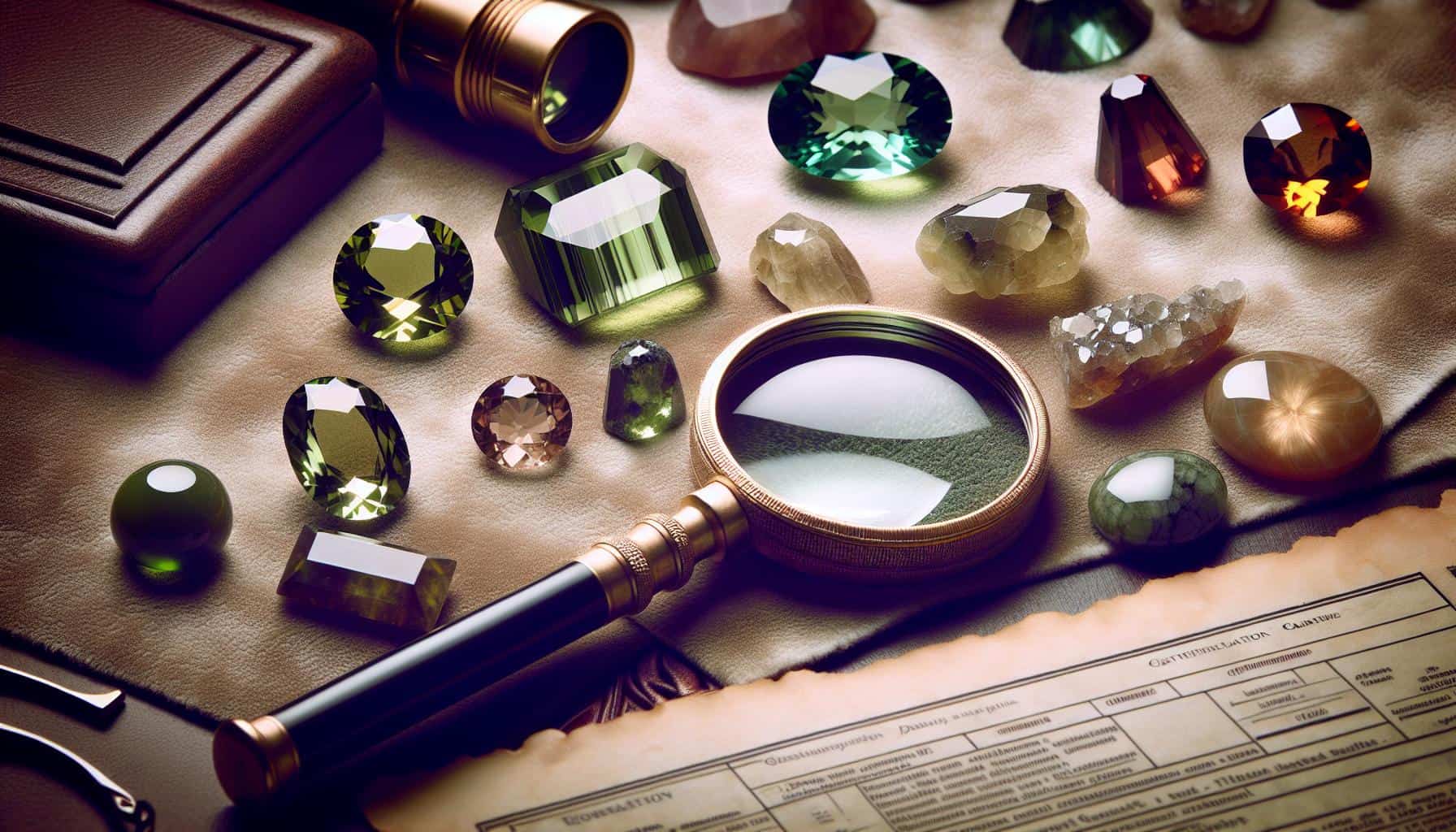

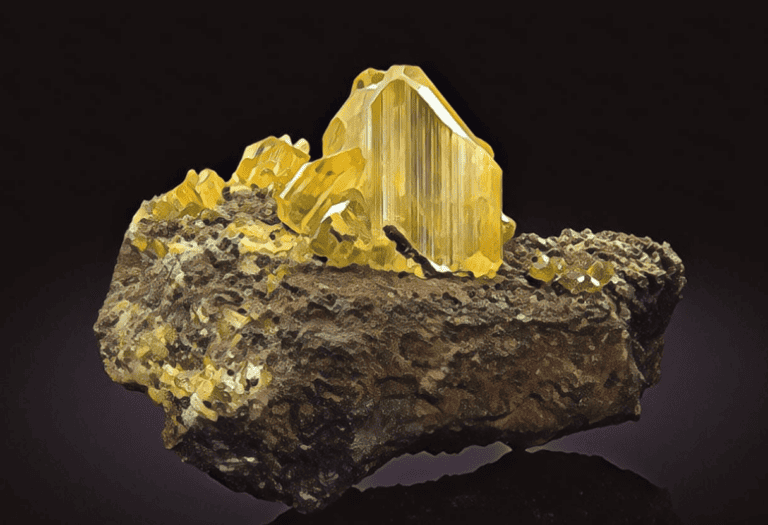
![Oregon Rockhounding Sites in [year]: Gems & Gold Spots](https://observationhobbies.com/wp-content/uploads/2024/01/zvbNyGO3hFnie_QEOh9l0-768x439.jpg)
